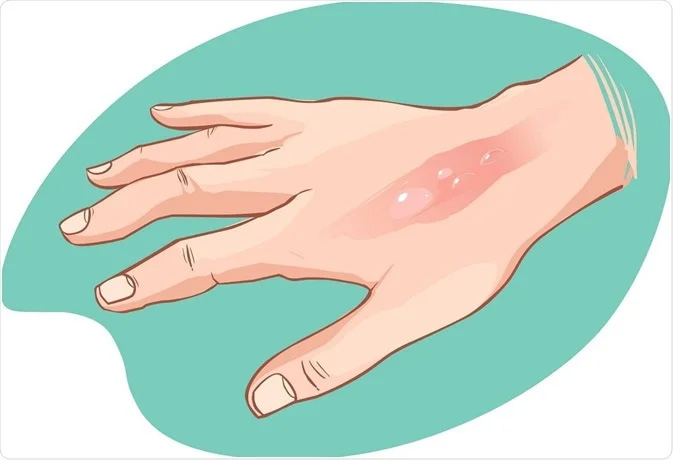
An often unrecognized and completely preventable chemical injury is alkali burn from wet cement. I recently published a case report and discussion on cement burns in Advances in Skin and Wound Care. Serious morbidity can occur from unrecognized cement burns, and early decontamination and medical evaluation indicated.
Cement is a binding material that is essential in commercial and residential construction including houses, sidewalks, gardens, pavements, and driveways. When it hardens, cement becomes one of the toughest building materials and resists weathering, erosion, and natural disasters. Few people are aware that wet cement is a strong alkali that can cause deep third-degree burns necessitating surgical debridement and prolonged healing time.
Wet cement causes burn injuries in both construction sites and amateur do-it-yourself situations. They comprise less than 2% of all adult burn patients, and the most common location is in the lower extremities with less than 5% of total body surface area.
Chemical burns from cement can be avoided by adequate skin and eye protection as well as immediate first aid. Manufacturers of bagged cement place warning notices on packaging, but these can be small and scarcely noted by consumers. Construction workers and amateur do-it-yourselfers should avoid direct contact with cement for any prolonged amount of time. Watertight boots, gloves and clothing will prevent contact, and any accidental splash on exposed skin should be immediately washed away.
* * * * * * * * * * * * * *
Related Posts:
Academic Promotion at the Mount Sinai School of Medicine
New Textbook Chapter on Pressure Injuries & Chronic Wounds
A Review of the Skin Failure Concept
Wound Care in the Geriatrics Review Syllabus
New Review on Aging Skin, with Considerations for Clinicians
Is the Pressure Injury Staging System Obsolete?
